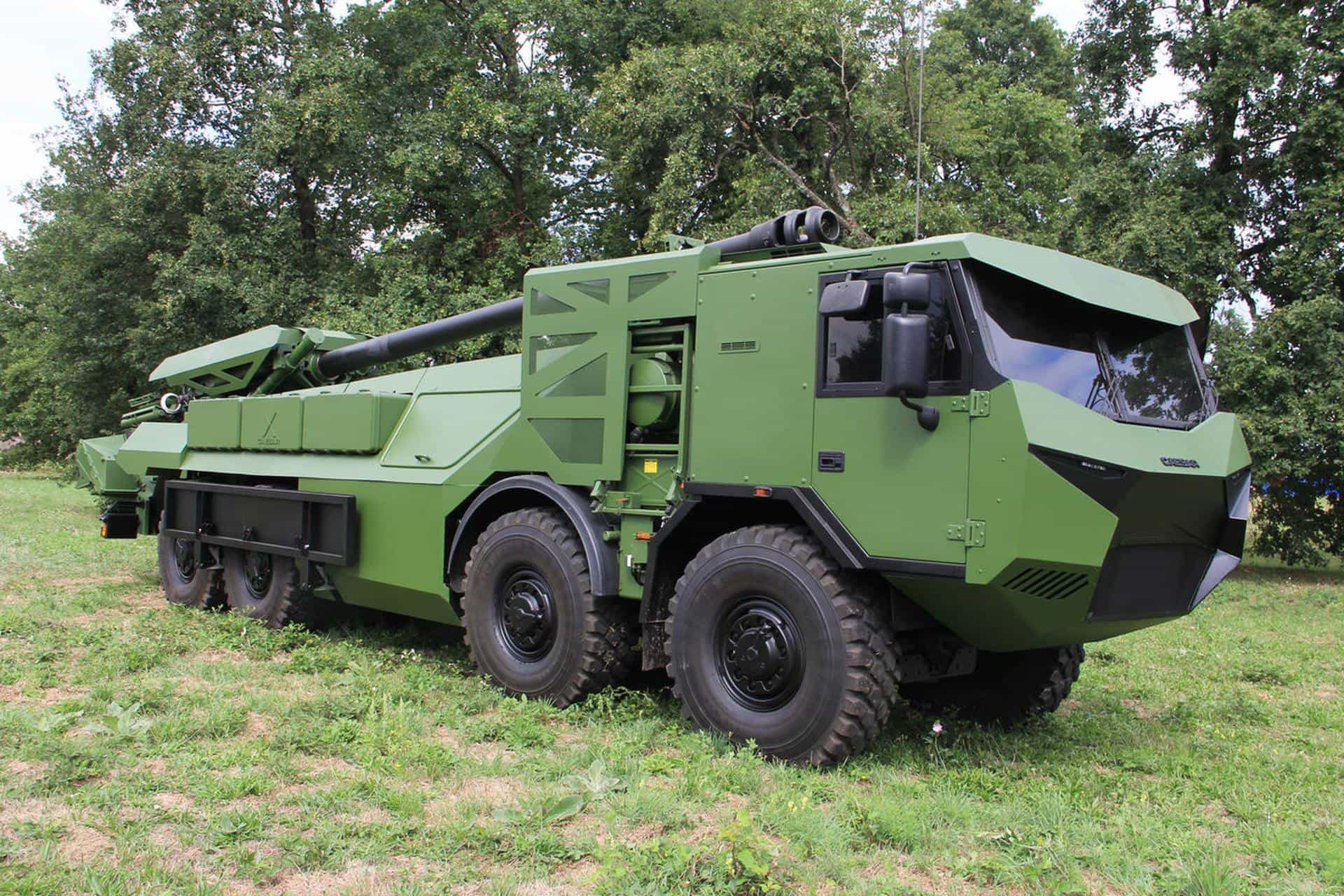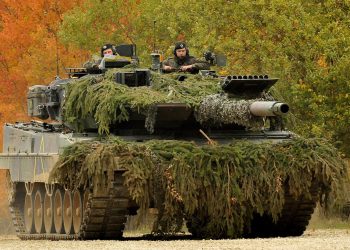Background and Purpose
The Afghan National Army (ANA) is seen as a sine qua non for security in Afghanistan. The recent resurgence of the Taliban, operating out of bases in Pakistan and parts of Afghanistan, underscores the threat to the Afghan government and the importance of the army in stemming this insurgency and providing for Afghanistan’s future security. Efforts to rebuild the ANA have been going on for about six years, and judgments about its progress have been mixed.
This monograph offers an assessment of the progress of the ANA to date. It draws on a variety of sources, including in-country interviews with U.S., NATO, and Afghan officials; data provided by the U.S. Army; open-source literature; and a series of public opinion surveys conducted in Afghanistan over the past three years.
Assessment of the Afghan National Army
Our assessments pertain to following areas:
- manpower, infrastructure, and equipment
- training
- operational proficiency
- public perceptions of the army.
Manpower, Infrastructure, and Equipment
Of these three areas, manpower shows the most progress. The ANA has recruited nearly 79,000 soldiers, and the goal of 122,000 personnel plus an additional 12,000 in training, transient, holding, and student (TTHS) status seems possible, if difficult. Reenlistment efforts have been relatively successful, with about 67 percent of noncommissioned officers and about 49 percent of soldiers opting for an additional enlistment. This success notwithstanding, important personnel issues remain, including an unacceptably high absent-withoutleave rate and a lack of ethnic balance across the force.
Progress has occurred in developing the infrastructure, but it lags behind in manpower recruitment. Only about 40 percent of infrastructur projects are completed or under way. Funding is available to complete many of them, but the time line of that completion extends longer than U.S. officials would like. The projected force increase, from 80,000 to 122,000, will require additional infrastructure, posing yet another set of challenges to a program that already lags behind the requirements.
Finding a source of funding to pay the salaries of an additional 40,000 soldiers and to build the necessary infrastructure has not been a bright spot thus far. Afghanistan’s GDP is only $11 billion, and the annual federal budget is $4 billion, much of which is foreign aid (O’Hanlon, 2008). Opium cultivation and trafficking constitute a large part of the country’s economic activity. Thus, the ability of the Afghans to provide the economic support and develop the infrastructure that the ANA requires remains an open question. It is likely that a continued international commitment will be necessary to ensure that the ANA and its infrastructure are sustained.
Equipment is also a problematic area. Some units, such as the commandos, are well equipped, but others are missing equipment or have old or obsolete materiel. The U.S. Government Accountability Office (GAO) reports that Afghan combat units are short about 40 percent of the major necessary items. A recent U.S. decision to provide additional equipment to the ANA will help, but some units that do not currently have the assistance of coalition forces find themselves outgunned by their Taliban adversaries.
Training
After a somewhat rocky start, institutional training appears to have progressed well. The programs of instruction appear sound and attuned to the needs of the Afghan army. More problematic is the unit-level training, which depends in large part on the efforts of embedded training teams. Teams promised by NATO have been slow in coming, and two years after the program’s inception, only about half of the operational mentor and liaison teams (OMLT) have been staffed. Additionally, some of these teams have restrictions on what they can do. Furthermore, the schedules of the teams do not mesh well with the operational employment of the Afghan units they advise. Ensuring that enough teams are available to meet current demands and to support the increase will be important and, if recent history is any guide, difficult.
Operational Proficiency
The key to the success of the Afghan army is how well it performs in combat. The coalition claims that Afghan units participate in almost all operations and take the lead in about half of them. Publicly available data to support or refute this claim are hard to come by. Anecdotal information is mixed, but in general it seems that the army is steadily improving. Some units (commandos) essentially run their own operations with some advice from mentors. Others are considerably less adept. Still, many observers note real improvement, although the starting baseline was relatively low. A recent GAO assessment indicates about 40 percent of the ANA is capable of conducting operations with support of international forces (GAO, 2008). Accounts of several operations—for example, the one in Kandahar province in summer 2008 to reimpose security after a large number of Taliban broke out of prison in—show a capability to respond quickly and carry out a relatively sophisticated operation. Still, the increase in the number and quality of Taliban fighters is posing a serious threat to the stability of the country to the point that U.S. commanders have made requests for additional forces. Thus, in spite of the progress made in the development of the ANA, its operational effectiveness remains very much in the balance.
One area universally seen as needing major improvement is the ability of the ANA to support itself. Logistics remains a weakness, both in planning and in execution.
Public Perception
In a conflict that ultimately hinges on public support, it is noteworthy that survey data indicate that the people of Afghanistan view the army positively. While the overall perception of security has declined recently, the ANA is seen as a positive force in providing security. This positive perception helps coalition forces carry out operations, using the Afghan forces to interact with the civilian population while they focus on direct combat with the insurgents.
The Way Forward
The ANA remains a work in progress but is an indispensable part of the ultimate security of the country. Coalition forces cannot be the guarantors of national security. Only the Afghans themselves can do that. However, coalition forces, particularly those of the United States, will play a crucial role in Afghanistan for the foreseeable future, particularly in light of the increased threat from Taliban forces operating out of Pakistan and parts of Afghanistan. Even if the ANA reaches the stage where it can operate independently, the United States and other nations will need to keep a security presence in the country for a substantial period. Moreover, it is likely that an international commitment will be necessary to ensure that the ANA and its infrastructure are sustained for the foreseeable future.
Read Full Report in PDF format









